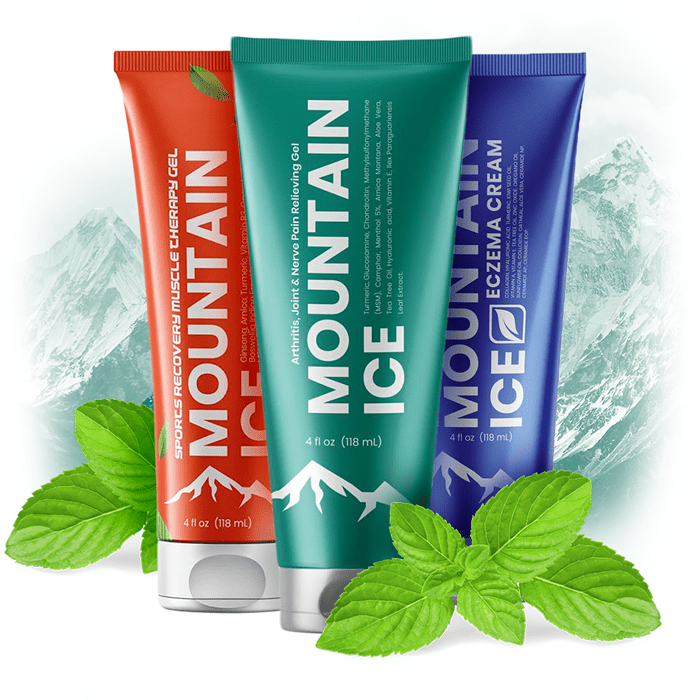Your search for the next topical gel that "might work" stops here
We make effective & long-lasting topical gels with 100% natural ingredients that help you with pain relief, performance, or comfort without any side effects.
- Lasts 5x longer than other gels
- 100% Safe & Natural Ingredients
- No risk with our 100% Money back guarantee
- Made in USA & Veteran Owned
Shop our products:

FDA Approved
100% Natural Ingredients,
GMP Certified
Family & Veteran owned
No risk!
30 Day Trial
100% Money-back guarantee
NO Auto Billing
NO Subscription
Get your relief, finally

FOR LIVING
Pain relief gels
If you suffer from neuropathy, arthritis, sciatica and other chronic pains, you know how difficult it can be to live a normal life.
Shop Pain Relief Gels
For winning
Sports Gels
If you're an active runner or athlete, you know how important the recovery and taking care of your body is in order for you to win.
Shop Sports Gels
For being yourself
Eczema cream
If you feel frustrated by the itch, rash, and scaly patches, you know difficult it is to be yourself.
Shop Eczema CreamCustomer feedback
What are customers say about us
More than +4041 5-star reviews can't be wrong.
+50,000
Satisfied customers
can’t be wrong
Mountain Ice is our own unique formula that was in development and testing for over 2 years.
It’s been on the market for more than 3 years and in that time we’ve helped over 50.000 customers just like you get rid of pain and get relief.
Getting rid of pain and inflammation is just a click away. Discover the power of Mountain Ice yourself today.

Give It A Try - Risk Free
30 Day, 100% Money-Back Relief Guarantee
Though many users report great results right away, the affects of Mountain Ice may not be instant for everyone. We recommend giving it a couple of days of regular use.
So that you can give it a proper try, we offer a "30-Day, 100% Money-Back Relief Guarantee."
If within 30 days you are unsatisfied for any reason, just let us know and we’ll give you a full refund, no questions asked.
No gimmicks, no games, no fancy hoops to jump through and no need of returning of the product.

OUR STORY
We give our best to help you be your best
It's always hard when our friends or family suffer from pain or discomfort. We understand them and feel their pains as well so it's only natural we want to help them and give them relief.
Mountain Ice started as just that, finding ways of relieving pains for our friends and family so we can all enjoy life together. And why stop there if we can help their friends and their family as well?
We are a family-run,Service-Disabled Veteran-Owned Small Business (SDVOSB), located in Upstate NY. Established in 2002 by the Zarnock family
Read our StoryWe're local
Proudly made in the USA
We're proud to keep our business local. Mountain Ice gels are made from ingredients sourced right here in the United States.
Our company has always been proud of our roots here in Central New York and we believe in keeping our business as local as possible.
No matter where you are, there's a bottle of Mountain Ice waiting for you.


Our Mission
We want you to live more, pain free
We strive to help you find relief with topical gels that are based on 100% natural ingredients, are safe and affordable while still being highly effective.
It's not always easy, but we'll take any challenge head-on for our friends, family and customers.
We want to enable you to do more and live more, every single day, without pain.

